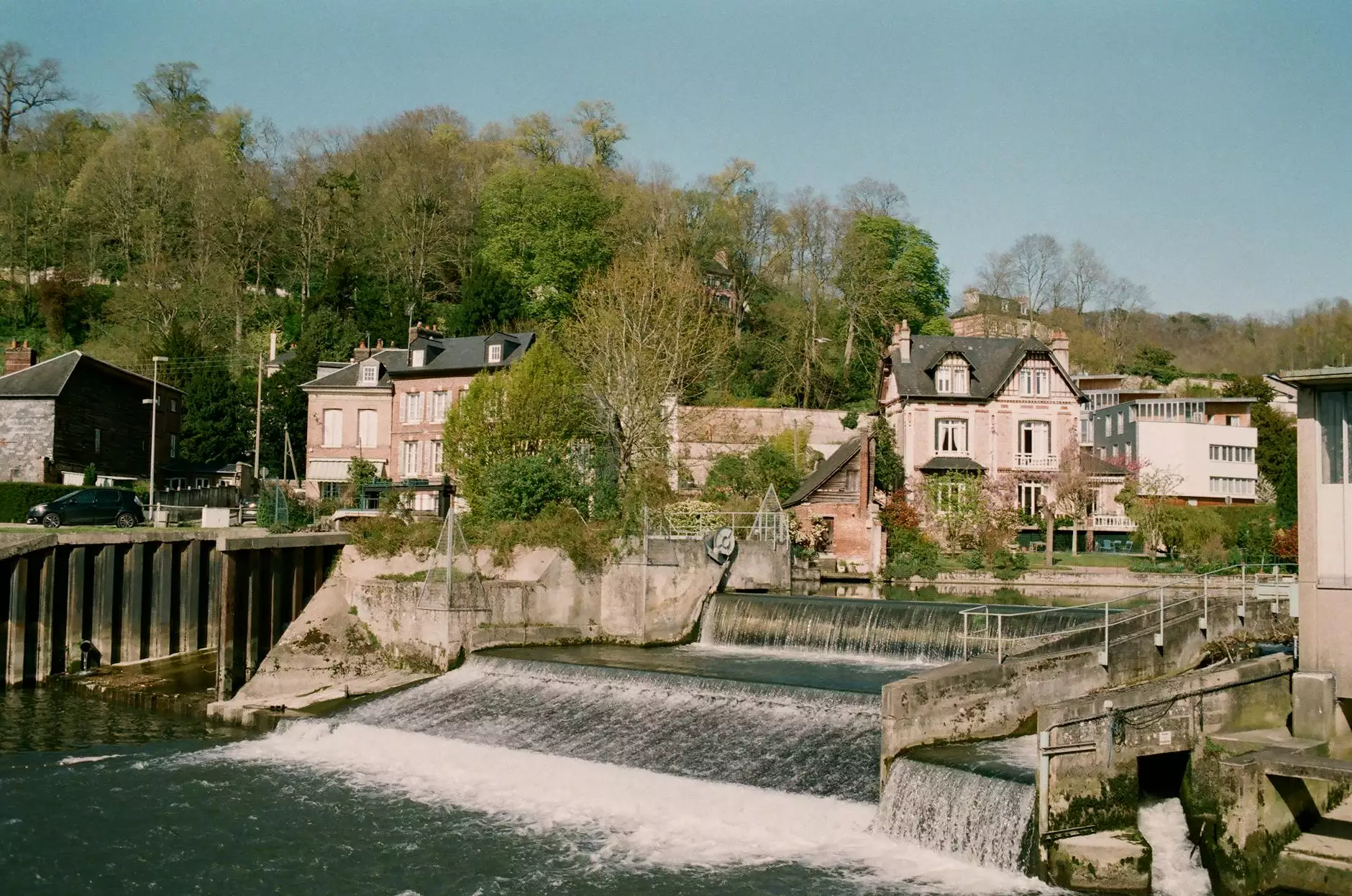R22 Refrigerant is Phasing Out
Blog
As the HVAC industry continues to evolve and adapt to new regulations, the phase-out of R22 refrigerant has become an important topic for homeowners and business owners alike. The phasing out of R22 refrigerant, also known as Freon, is a result of its harmful impact on the environment, specifically on the ozone layer. In this article, we will discuss what will happen to R22 and how it affects you.
The Impact of the R22 Phase-Out
R22 refrigerant has been widely used in air conditioning systems for many years. However, due to its ozone-depleting properties, the Environmental Protection Agency (EPA) has mandated a phased-out schedule for its production and importation. This phase-out began in 2010, and by January 1, 2020, the production and importation of R22 became completely banned in the United States.
The phase-out has significant implications for homeowners and business owners who still rely on R22-based HVAC systems. With the ban on production and importation, the supply of R22 has become limited, leading to a substantial increase in its cost. As a result, servicing and repairing R22 systems has become more expensive and challenging.
What Are the Alternatives?
To address the phase-out of R22, HVAC manufacturers have developed alternative refrigerants that are more environmentally friendly. The most commonly used alternative is R410A, also known as Puron, which does not contribute to ozone depletion. R410A is widely adopted in new air conditioning systems and provides comparable performance to R22.
However, it's important to note that R410A operates at higher pressures than R22, which means that older systems designed for R22 refrigerant may not be compatible with the new refrigerant. Retrofitting an existing R22 system to use R410A could involve significant modifications and costs.
Steps to Take
If you currently own an R22-based HVAC system, there are several steps you can take to ensure proper maintenance and compliance with the phase-out:
- Consult with a qualified HVAC professional to assess the condition of your system and determine the best course of action.
- If your system is in good condition, consider continuing to use R22 until it reaches the end of its operational life.
- If your system requires repairs or refrigerant recharge, explore the possibility of using a drop-in replacement refrigerant that is compatible with R22 systems.
- Investigate the feasibility of retrofitting your existing system to use alternative refrigerants like R410A, taking into account the associated costs and potential performance differences.
- Consider upgrading to a new, energy-efficient HVAC system that utilizes the approved alternative refrigerants and provides long-term benefits in terms of energy savings and reduced environmental impact.
Conclusion
The phase-out of R22 refrigerant is an important development in the HVAC industry, driven by the need to protect the environment and preserve the ozone layer. As a homeowner or business owner, understanding the implications of this phase-out can help you make informed decisions regarding your HVAC system. By consulting with HVAC professionals and exploring the available alternatives, you can ensure the continued efficiency and compliance of your system while minimizing environmental impact.




